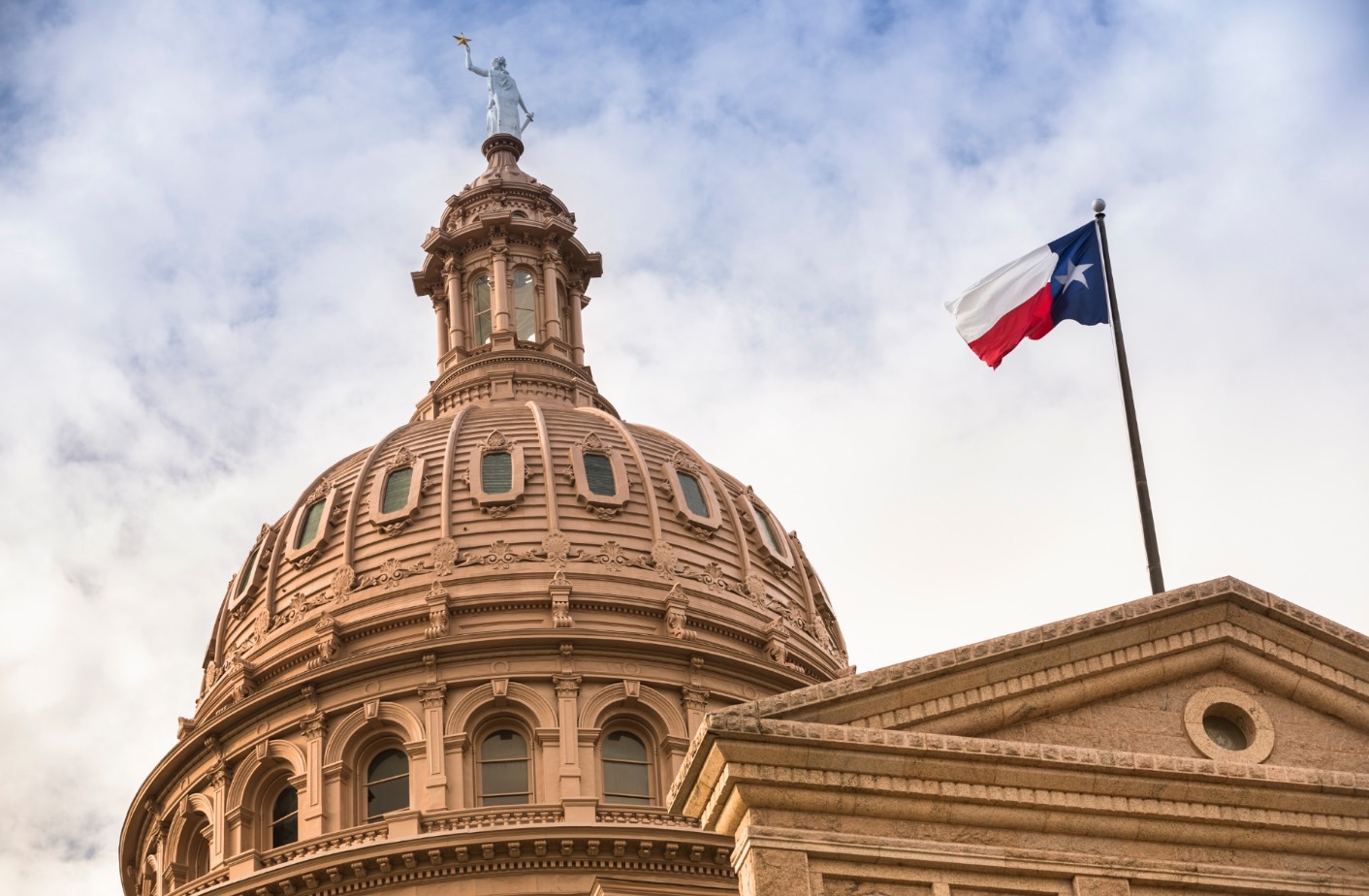When Congress passed the Big Beauty Act (formally the One Big Beautiful Bill Act) in July 2025, it made one of the most sweeping sets of tax law changes since the 2017 Tax Cuts and Jobs Act (TCJA).
For households in the $100,000 to $240,000 income range, the law has both immediate and long-term consequences. Some provisions offer real savings, others are temporary sweeteners that phase out within a few years. For middle-class earners, understanding these changes is critical for tax planning between now and 2030.
Key Provisions at a Glance
1. Permanent Extension of TCJA Brackets and Standard Deduction
Individual income tax rates (10%, 12%, 22%, 24%, 32%, 35%, 37%) are made permanent.
Standard deduction is locked in at higher levels: $15,750 (Single), $23,625 (Head of Household), $31,500 (Married Filing Jointly), indexed annually for inflation.
2. Child Tax Credit (CTC) Adjustments
Credit rises to $2,200 per child starting 2025, with phase-outs beginning at $200,000 (Single/HOH) and $400,000 (MFJ).
3. SALT Deduction Cap Expansion (2025–2029)
Deduction cap temporarily raised from $10,000 to $40,000 ($20,000 for Married Filing Separately).
Reduction for very high earners, but households under $500K/$250K MAGI keep most of the benefit.
4. Temporary Deductions (2025–2028)
Tips Deduction: Up to $25,000 above-the-line, phased out above $150K/$300K.
Overtime Deduction: Up to $12,500 single/$25,000 joint, same phase-out thresholds.
Car-Loan Interest Deduction: Up to $10,000 for new U.S.-assembled vehicles, phased out above $100K/$200K.
Senior Add-On Deduction: $6,000 per person over 65 ($12,000 MFJ), phased out above $75K/$150K.
5. Energy Credits Rollback
Several residential energy and clean-energy incentives are curtailed earlier than under the Inflation Reduction Act.
Planning Opportunities
Itemize Strategically (2025–2029)
Many homeowners in high-tax states should revisit whether itemizing beats the standard deduction. Timing property tax payments and charitable contributions may maximize benefits during the expanded SALT window.
Use Retirement Contributions to Manage MAGI
If you are close to the $150K/$300K phase-out levels for tips or overtime deductions, 401(k) and HSA contributions can help keep your MAGI under the limit.
Consider Car Purchases Carefully
Households under the $100K/$200K thresholds may benefit from the temporary car-loan interest deduction, but should confirm eligibility before financing.
Accelerate Energy Projects
With some clean-energy credits rolling back sooner than expected, homeowners should weigh whether to act before the incentives disappear.
The Bottom Line
For the middle class earning $100K–$240K, the Big Beauty Act offers meaningful relief:
The expanded SALT deduction is the single biggest win, especially in high-tax states.
Child Tax Credit remains generous for families in this income band.
Temporary deductions for tips, overtime, and car loans create targeted benefits but only for those below phase-out thresholds.
Many of the most favorable provisions expire after 2028 or 2029, so proactive planning is essential.
While the law does lighten the tax burden for many households, its temporary features mean that middle-class families must remain vigilant — especially as we approach the 2030 sunset of the SALT expansion.


